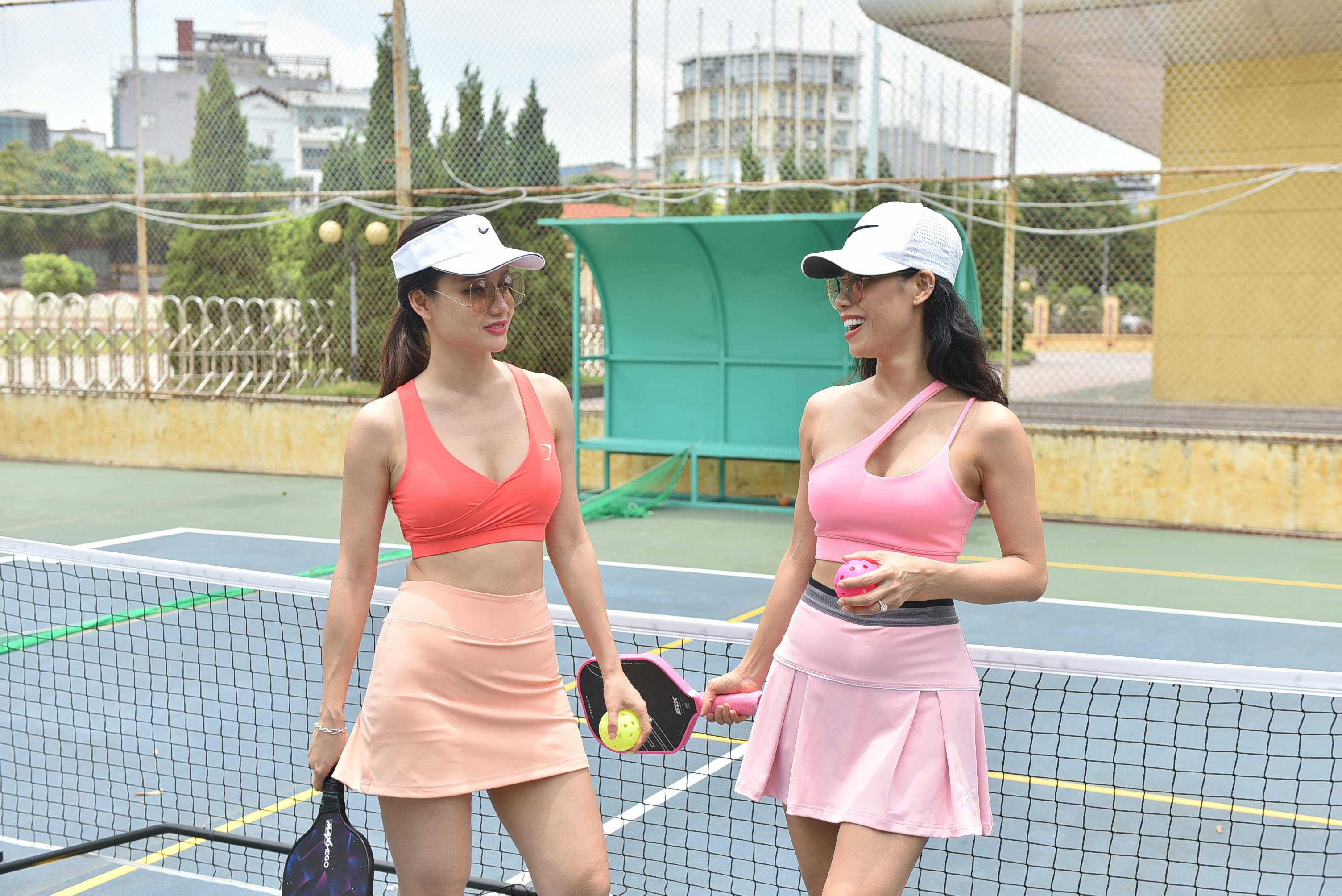Golf Clothing Guide: Comfort, Fit, and Practical Choices
Choosing appropriate golf clothes affects comfort, performance, and protection on the course. Proper clothing balances mobility, temperature control, and respect for course dress codes. This article explains practical options for shirts, shoes, and other garments, considers sunlight and weather protection, and highlights how exercise and warm-up attire intersect with on-course performance.

Shirts: fabric, fit, and layering
Shirts for golf are typically designed to offer a full range of motion while managing moisture and temperature. Look for polo-style shirts or performance tees made from moisture-wicking synthetic blends (polyester or polyester-spandex) or lightweight natural fibers like merino wool. A tailored but not tight fit keeps sleeves from riding up during the swing and reduces fabric flapping in windy conditions. Layering works well: a lightweight base layer, a breathable mid-layer for cool mornings, and a water-resistant outer shell for rain. If club dress codes apply, collared shirts are often required; check local services or course policies before play.
Shoes: traction, support, and course conditions
Golf shoes influence stability through the swing and comfort over several miles of walking. Traditional spiked shoes provide traction on wet turf, while modern spikeless designs use patterned soles and offer more versatility for walking on hard surfaces. Key features to evaluate include midsole cushioning, arch support, and waterproofing for wet conditions. A snug heel and roomy toe box prevent blisters and allow toes to splay naturally. If you walk frequently, prioritize cushioning and a firm but flexible sole; if you ride in a cart, weight and breathability may take priority. Try shoes on later in the day when feet are slightly swollen to ensure proper fit.
Sport: performance fabrics and mobility
Golf functions as a sport that combines precision, power, and repeated motion, so clothing choices should support those demands. Performance fabrics that wick sweat and dry quickly reduce chafing and keep muscles at stable temperatures. Fabrics with a small amount of stretch (spandex, elastane) permit full shoulder rotation and follow-through without binding. Seams should be positioned to avoid rubbing at the shoulders and underarms. Consider garments marketed for athletic use when you need extra mobility during practice sessions, and inspect construction quality—reinforced seams and durable fabric extend the life of sport-specific pieces.
Sunlight: protection and heat management
Exposure to sunlight during a round can be significant, so clothing that provides sun protection reduces UV risk and helps control heat. Look for garments labeled with UPF (Ultraviolet Protection Factor) ratings when sun protection is a priority. Long-sleeve lightweight shirts or thin arm sleeves can shield skin without trapping excessive heat. Wide-brim hats or caps with neck flaps and sunglasses with UV protection protect the face and eyes. Breathable, ventilated fabrics and light colors reflect sunlight and help with cooling. Combine clothing choices with sunscreen on exposed areas for comprehensive protection against prolonged sunlight.
Exercise: warm-up wear and recovery clothing
Preparing for a round with a proper warm-up supports performance and injury prevention. Wear exercise-appropriate layers that allow dynamic stretching and gradual elevation of heart rate; lightweight joggers, athletic shorts, or flexible mid-layers work well. The same principles that apply to gym wear—moisture management, range of motion, and thermoregulation—apply to golf warm-ups. After play, breathable recovery clothing or compression garments can help moisture control and comfort during cooldown. When selecting pieces, choose items that transition easily from warm-up to play so you remain comfortable during short waits or varying temperatures.
Conclusion
Selecting golf clothes involves balancing course etiquette, comfort, and functional performance. Prioritize shirts and layers that support mobility and moisture control, shoes that match walking and course conditions, and fabric choices that address sunlight exposure and exercise needs. Consider testing items during practice rounds and seek fittings or advice from local services to ensure garments fit correctly and meet course requirements. Proper clothing helps maintain focus on technique and enjoyment of the game.




